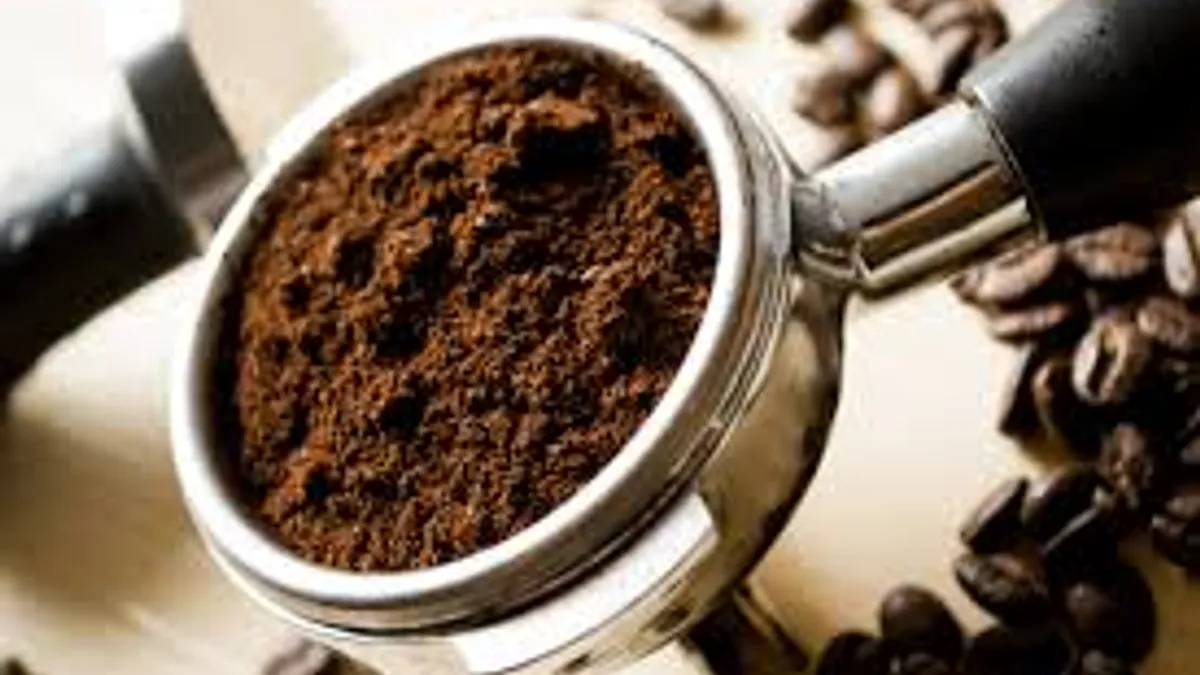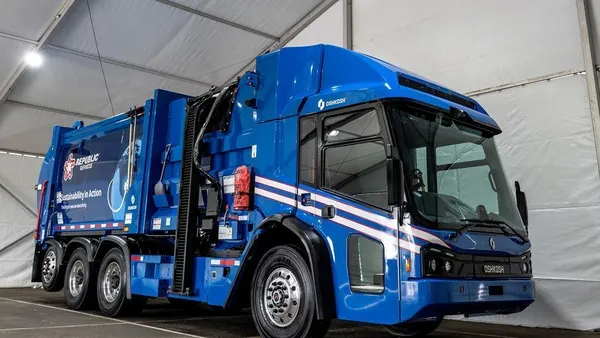Dive Brief:
- Scientists have developed a simple "soak and heating" process that would allow methane to be stored in waste coffee grounds. The stored methane would then be able to be used as an alternative form of fuel.
- The methane storage would have a double environmental benefit, by removing harmful greenhouse gas from the atmosphere while also recycling the wasted coffee.
- Christian Kemp, the author of the study now based at Pohang University of Science and Technology in Korea, explained that the absorbency of coffee grounds may be the key to "successful activation" for carbon capture. "It seems when we add the sodium hydroxide to form the activated carbon, it absorbs everything ... We were able to take away one step in the normal activation process — the filtering and washing — because the coffee is such a brilliant absorbent," he told R&D.
Dive Insight:
Kemp explained that he found inspiration in his cup of coffee while working on a different project. According to R&D, he looked at the grounds and thought, "I wonder if we can use this for methane storage?"
The concept of waste-to-energy is taking the industry by storm with many scientists and companies finding innovative ways to turn waste into a reusable, beneficial product. Coffee grounds, which are thrown into landfills all over the world, are just one of the organic waste components that can be repurposed following their original use. In order to encourage more reuse of organic products, many municipalities across the country are encouraging composting programs and services.














